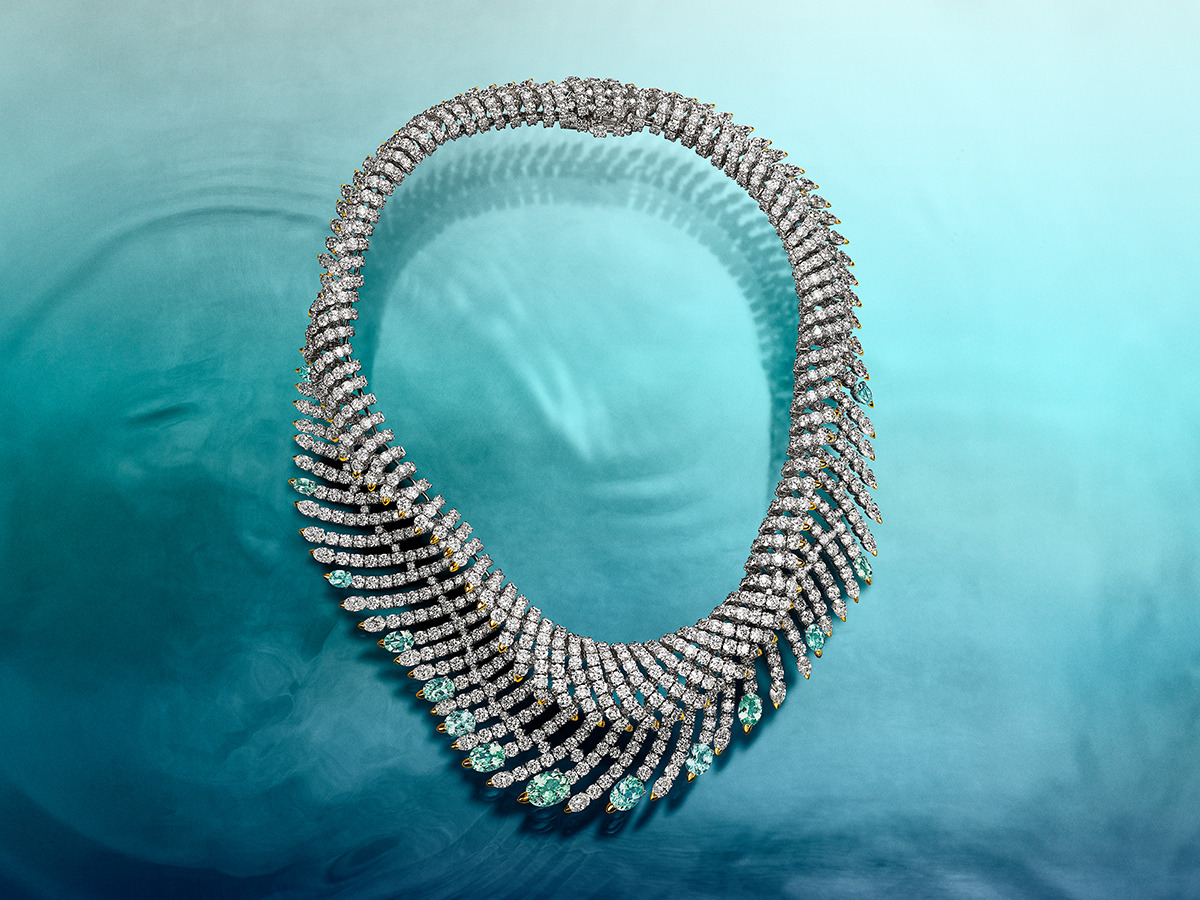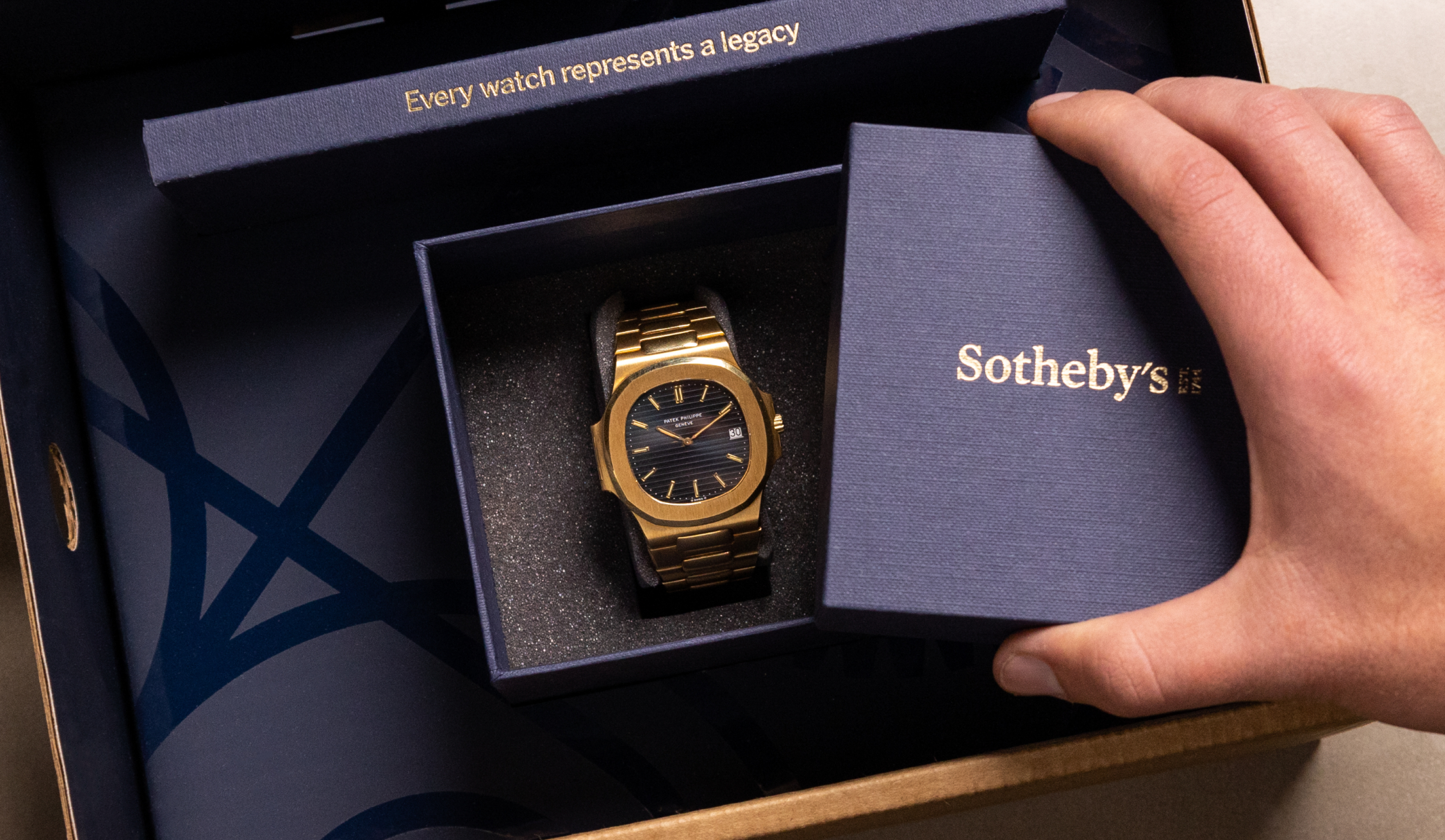
A Close Up Look at the Life of an Emerald, Ethically Mined by Gemfields

Ethical mining of emeralds and other gemstones is an all-important factor in today’s jewelry. Gemfields not only complies with ethical mining and sustainability its emerald mines in Southern Africa, but also sets new standards.
Close your eyes for a moment and think of the color green. What comes to mind is likely lush foliage, verdant green grass, and extraordinary rich green emeralds that shimmer in jewelry meant for royalty.
It is the emerald that calls to us from a necklace or a ring – singing of unique beauty and rare heritage. In fact, the emerald is one of the most rare gemstones in the world – and in its rough form it is a bit like a big rock made of shale that – with careful work — reveals the unusual green stone hidden within.

Recently, I had the unique opportunity to be the first person to ever touch one of those rare, natural rough stones as it was carefully pulled from the Earth with a tiny pick shovel. Knowing I was holding a 500-million year-old piece of Earth almost made the moment mystical. Of course, I had to hand it back to the miner who had freed it from the ground, but not before I had gotten my personal moment of awe-inspiring appreciation for nature.

Emeralds are easily one of the most enviable gemstones. Rare and incredibly alluring, they are a rich green stone formed when elements of chromium, vanadium and iron lingered too long in one place hundreds of millions of years ago. As Earth underwent heating and pressure attacks as the tectonic plates moved, shifted, rose and fell, the elements came together to form these shimmering green treasures.

The vivid color of emeralds ranges from lighter hues to dark, verdant green resembling the lushest lawns in the world. Most emeralds have inclusions (variations in color) that resemble leaves or vines, and so often an emerald is referred to as having its own garden. It is the garden that makes each emerald unique unto itself.
The much-coveted stone, part of the “Big Three” colored gemstones (rubies, sapphires, emeralds) that are most sought after by collectors, hails from countries such as Afghanistan, Brazil, Colombia, Madagascar, Pakistan and Zambia, and are sourced using different methods of mining.

It was in Zambia (Southern Africa) where I had my once-in-a-lifetime encounter with the rare stones, as I visited the Kagem Mine – supplier of approximately 30 percent of the world’s emeralds. Since 2008, the mine has been predominantly owned by Gemfields (with 25 percentage also owned by the Zambian government), and the London-based mining company has implemented incredible changes in both mining procedures and in emerald grading that have set all new global standards.
The Process of Kagem Mining

Because of the ground structure in Zambia, emerald mining in Kagem is “Open Pit” mining rather than deep-shaft mining. This means that the 25-mile-wide pit is mined similarly to a rock quarry, with dozens of trucks and diggers moving Earth layer by layer, day after day. Once the top layers of Earth – which reach hundreds of meters deep—are peeled away, the miners reach the sub-layers that (hopefully) are home to the emeralds.
At this point, the big equipment is abandoned and handwork comes into play. Although emeralds are a stone, they are a brittle stone – ensconced in a shale-like metallic outer crust. Heavy equipment could crush the half-a-billion-year-old stone – rendering its useless as a gem. At this point miners use pick axes, small chisels, and – when close enough – their bare hands to break away the fragile layers and unearth the stones.

Since operating the mine, Kagem has unearthed approximately 25 million carats of emeralds and its sister stone, beryl, annually, and is considered the top single producer of emeralds in the world. While 25 million carats of stone come out of the Earth at Kagem each year, brand executives estimate that just about 5 percent, or about 1.25 million carats are top-quality emeralds.
Once the emeralds are pulled from the ground by hand, the miners place them in lock boxes to be transported back to the cleaning and sorting houses on the main complex. Once the locked boxes of rough emeralds arrive at the proper building, they are weighed and locked away for the next day’s work: slowly peeling back the layers of protective shale-like coating.

Each day, men with special grinding tools work by hand to cut away the outer protective rock and try to reach the inner emerald. At every step, both the remaining emerald and its shield, as well as the dust and rock removed from the stone, are weighed. It is Gemfields’ responsibility to ensure that there is no loss at all (or theft) of the precious stones – guaranteeing the government top return on investment.

Once the majority of the rough outer rock is removed, the emeralds go through a tumbling process in huge tumblers that move slow enough to not damage the emerald, but long enough to get off most of the rough edges. From there, the stones are moved to a sorting room, where specialists lightly clean the stones with water and baby oil, study them under lights and sort them according to size and color. They are all wiped clean at the end of the process before weighing again, as the oil could add a little weight.

Once the stones are sorted according to size and color, they are grouped into small batches and categorized. They are then, hard to believe, placed in plastic bags according to their color, clarity and sizes.
While Gemfields mines the emeralds and sorts them, they leave the ultimate cutting and polishing to the stones to the expert cutters. As such, the stones will be sold at by-invitation-only auctions to the worlds finest cutters, polishers or privately to top investment companies or top brands.
Before Gemfields purchased the controlling interest in the Kagem Mines, no such sorting and grading system for rough emeralds had been established. Gemfields knew it was important to establish a grading system for the rough stones when it comes to color, clarity and size – so that there could be a standard by which cutters can measure the lots of emeralds they are buying. It took Gemfields a couple of years to get the entire process into place, but now the grading system ahs become an all-important measurement method.

This is not the only area where Gemfields excels. In addition to creating standards for grading of rough stones, the company also set high standards for workforce and mining safety, as well as for ethical mining practices.
The company focused strongly on mining and workplace safety and in reducing risks or injuries at the 35-year-old mine. It also focused on fair wages and fair treatment of workers, establishing dormitories and cafeterias on site for workers, and following strict labor guidelines. Gemfields established sustainable mining practices that include a positive exit strategy, wherein the mines would be allowed to fill with water and be stocked with fish as a sustainable lake. The company also supports local grassroots needs as part of its corporate responsibility ethos, helping farmers, planting trees and building schools and medical facilities.

On a more global reach, Gemfields is committed to raising awareness about emeralds and to educating the public at large about the life of an emerald. To this end, the company not only purchased Faberge –renowned for its use of colored stones – but also recently announced a collaboration with Chopard, one of the more ethically minded jewelry and watch companies on the market toad. By using sustainably sourced, ethically mined emeralds in their jewelry, these companies – along with Gemfields – help to inspire others to tread lightly on Mother Nature and her treasures, including mankind. We will bring you more about the partnership with Chopard soon, so check back soon.
Follow Haute Time on Instagram to catch all of the new releases as they happen.
 SIGN UP
SIGN UP










